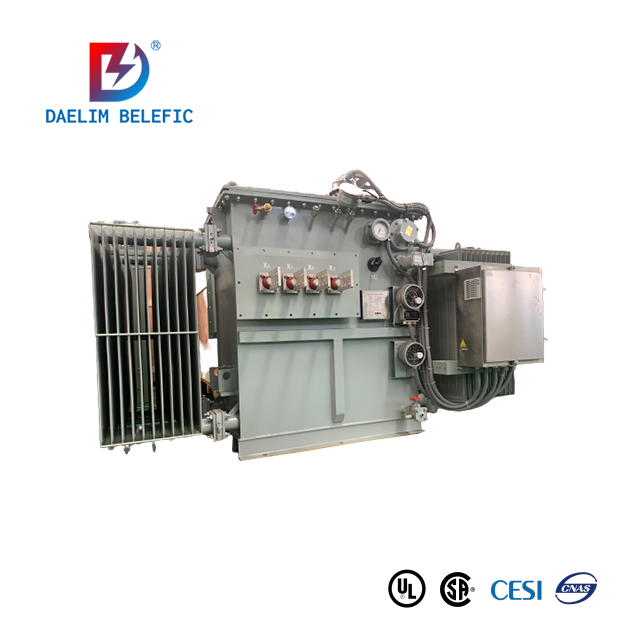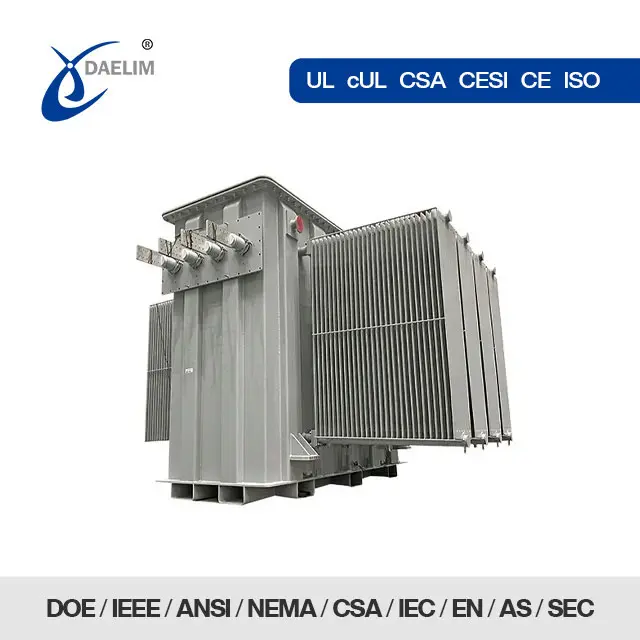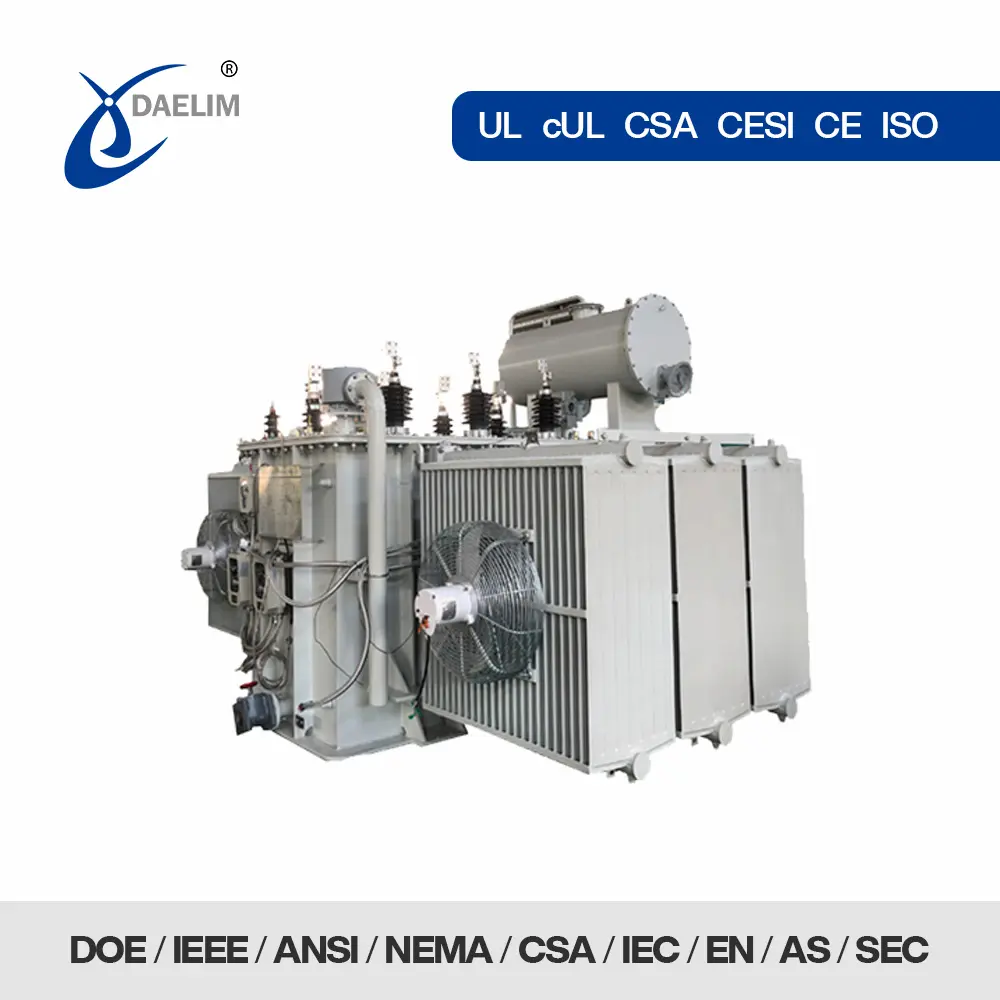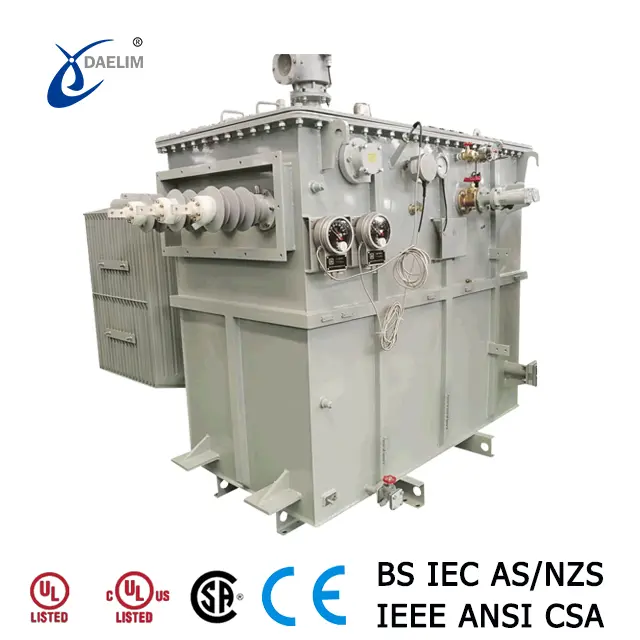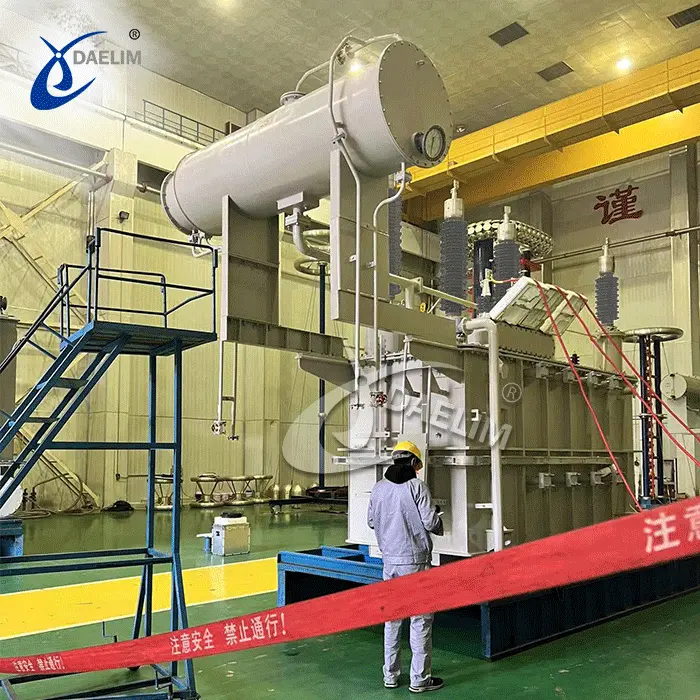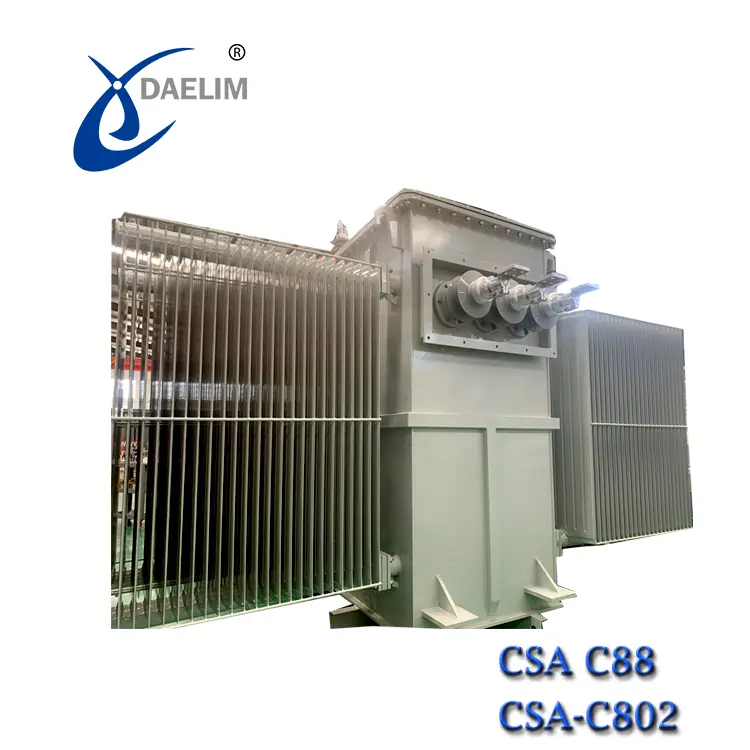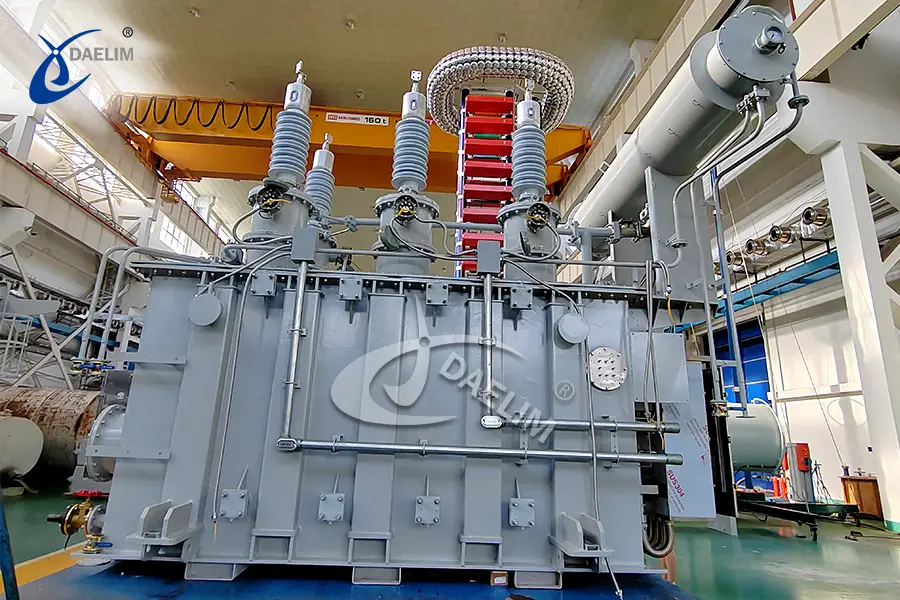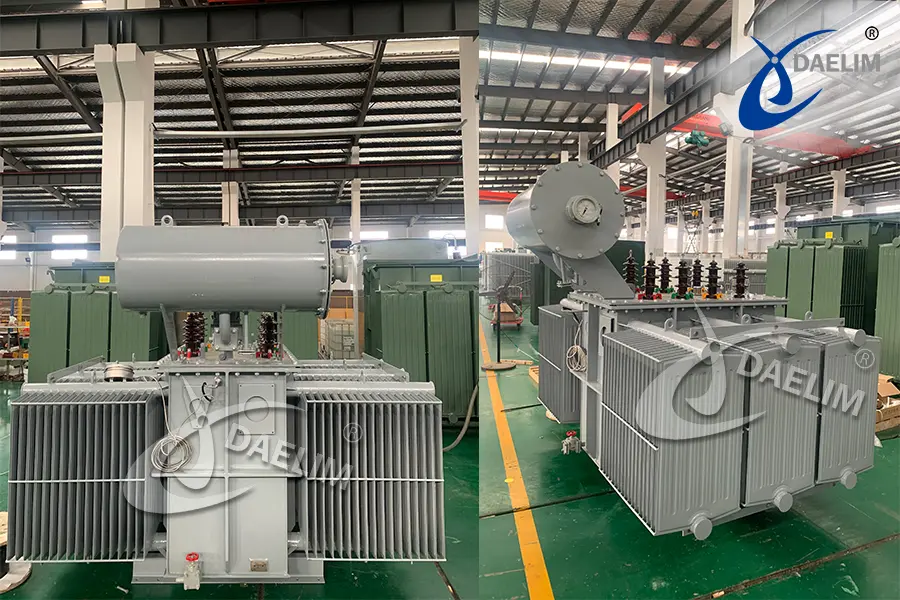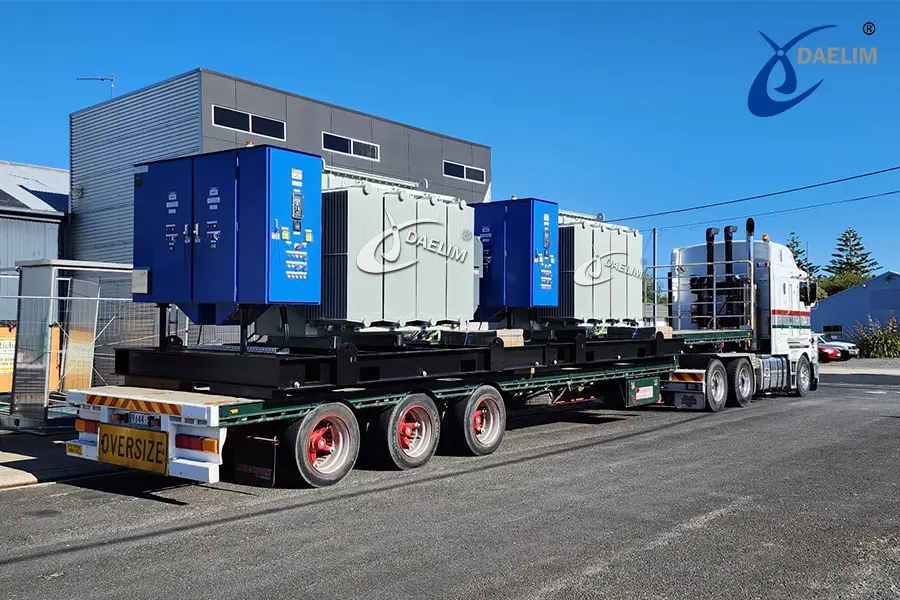What You Need To Know About Substation Transformer?
A substation transformer plays a crucial role in modern power distribution systems, facilitating efficient electricity transmission and distribution. Here, we delve into the key aspects and considerations surrounding substation transformers.
Power Substations
Power substations, also known as electrical substations, are pivotal components of the electricity grid. They facilitate the conversion and distribution of electricity from generating stations to end-users. These substations encompass various types:
- Step-Up and Step-Down Substations: Step-up substations increase voltage for long-distance transmission, while step-down substations decrease voltage for local distribution.
- Distribution Substations: These deliver electricity directly to consumers, typically operating at voltage levels below 35 kV.
Reading more: 10.5MVA-13.8/2.4kV Substation Transformer
Role and Components of Substation Transformers
A substation transformer serves as the core component within substations, responsible for transforming electrical energy from one voltage level to another based on operational requirements. Key components include:
- Primary Equipment: Transformers, circuit breakers, isolating switches, bus bars, arresters, capacitors, reactors.
- Secondary Equipment: Instruments for measurement, monitoring, control, and protection.
Types of Substation Transformers
Generator Transformers: Essential in power generation facilities, ensuring reliable energy transfer and system stability. These transformers are critical for traction power supply systems in electric locomotives.
Mini Substation Transformers: Compact, prefabricated units integrating medium voltage and low voltage equipment, suitable for decentralized power distribution needs.
More resource: Why Substation Transformers Are So Important In Power System?
Purchasing Considerations
Purchasing substation transformers involves tailored solutions based on project requirements:
- Public Tender Projects: Detailed technical specifications and tender documents guide procurement, ensuring compliance with international standards (ANSI/IEEE, CSA, IEC, AS/NS, GOST).
- Replacement Projects: Existing transformer details aid in proposing suitable replacements, focusing on compatibility and operational efficiency.
- Direct Purchase: Projects such as data centers or industrial applications benefit from direct procurement, emphasizing specific technical parameters and customization.
Testing and Certification
Thorough testing ensures the reliability and safety of substation transformers:
- Factory Routine Tests: Conducted before shipping to verify parameters such as resistance, ratio, polarity, no-load losses, and impedance.
- Optional Tests: Additional tests like temperature rise and lightning impulse tests are available upon request, ensuring compliance with specific project needs or regulatory requirements (e.g., CSA certification).
- Third-Party Inspection: External agencies may conduct inspections to validate quality and adherence to standards.
Safety Considerations
Living or working near substation transformers is generally safe due to stringent safety measures:
- Radiation Concerns: Transformers adhere to radiation standards, with minimal impact comparable to everyday electronic devices.
- Fire and Explosion Safety: Internal insulation and external protection systems mitigate risks, ensuring rapid containment of any incidents.
Try for free: Power Transformer In Substation
Conclusion
In conclusion, substation transformers are pivotal in modern electricity infrastructure, ensuring efficient transmission and distribution while maintaining high standards of safety and reliability. Understanding their roles, types, procurement considerations, and safety measures is essential for stakeholders in the energy sector.
If you have any questions or inquiries about substation transformers, please contact Daelim Transformer.
Related Products
Related Article
Canadian 69 kV Substation Transformer Project
Today, we are excited to present a case study on a 69 kV substation transformer project by Daelim Transformer. Our Canadian client required a step-down transformer for their substation to connect with the hydroelectric grid in Quebec.
2000 kVA Oil immersed Substation Transformer For Portugal Market
Today, we introduce Daelim Transformer's export of a 2000 kVA oil-immersed substation transformer to Portugal. This transformer represents our commitment to delivering high-quality electrical solutions to global markets. With meticulous design and engineering, this transformer is tailored to meet the specific needs of our customers in Portugal, ensuring reliable performance and efficiency. Daelim Transformer continues to uphold its reputation for excellence, providing innovative solutions that power progress and reliability worldwide.
4500 kVA Substation Transformers for Australian Mining Site
Today, we introduce a project by Daelim Transformer aimed at supplying transformers to a mining site in Australia. This project entails the provision of two units of 4500 kVA substation transformers tailored to fit the narrow confines of mining tunnels. Due to space constraints, the transformers need to be compact in size and mounted on mobile racks for easy maneuverability within the mine shafts. This necessitates meticulous design to meet the strict dimensional requirements set by the client.

